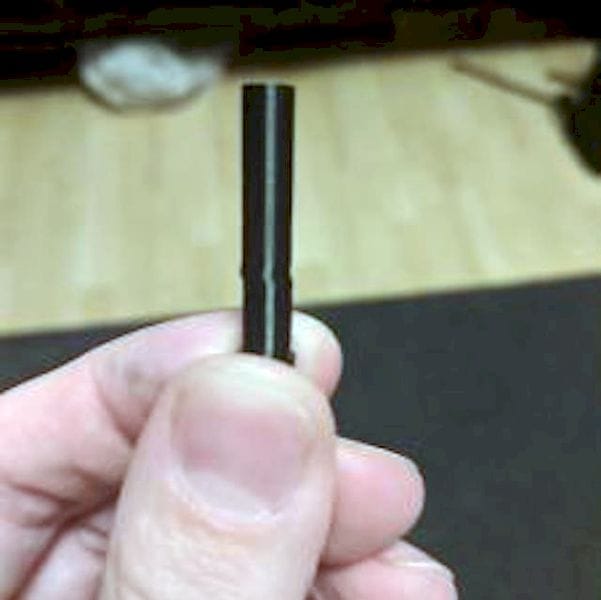![A slight wobble in a 3D print caused by an earthquake [Source: Reddit]](https://fabbaloo.com/wp-content/uploads/2020/05/image-asset_img_5eb09411a3cab.jpg)
A 3D printer operator in Los Angeles noticed something very interesting about a recent print.
Reddit contributor nakirush posted the image above and remarked:
“I live in Los Angeles. Can you tell when last week’s earthquake happened?”
Indeed there was a major quake centered some 18km from the town of Ridgecrest. The magnitude of this geological event was a hair-raising 7.1 on the Richter scale. Fortunately the focus of the quake was far from major centers, so significant damage was avoided.
Nevertheless, earth-shaking waves traveled some distance from the epicenter, decreasing in strength as they did so. It was definitely felt in Los Angeles, and in at least this case affected a 3D print during the earthquake.
nakirush happened to be printing the ideal shape to be disturbed by jostling, a straight vertical cylinder, where disturbances would be physically recorded. In the image, you can see how the print was slightly jostled, and then resumed normal operations.
I have no doubt this actually occurred, as shaking some models of 3D printers would indeed cause this effect, and in a city as large as LA, there are no doubt dozens or even hundreds of 3D prints underway at any given moment. It was inevitable this occurred.
Reddit contributor Functionalism had something similar happen:
“The earthquake caused my entire print to shift and came home to spaghetti everywhere, and on top of that my belt came completely loose.. not a good sight to behold.”
3D Printers As Seismographs?
But could 3D printers really be used as seismometers? The truth is that ANY movement can cause this effect, earthquake or not. In fact, Reddit contributor UltimaGabe said it best:
“Funny, my printer felt it too, except I’m in Michigan and it happened twice in the last four hours.”
This is very true. Anyone can kick a 3D printer and there’s a good chance something will be wrong. I would not be surprised if upwards of 30% of all 3D print attempts fail for one reason or another, and many failures could resemble this type of effect.
Earthquake Avoidance
Is there anything one can do about this? One approach is to use 3D printers with highly rigid frames, perhaps mounted on rubber shock absorbers. This would prevent much of the motion caused by external sources like bumps from misbehaving passersby or even earthquakes.
But Reddit contributor wildjokers suggested the best way to overcome seismic challenges while 3D printing:
“Need to turn on the ‘Earthquake Compensation’ setting in Cura.”
Via Reddit











There seems to be a burst of 3D printer manufacturers offering filament drying equipment. We have some ideas why this is happening.